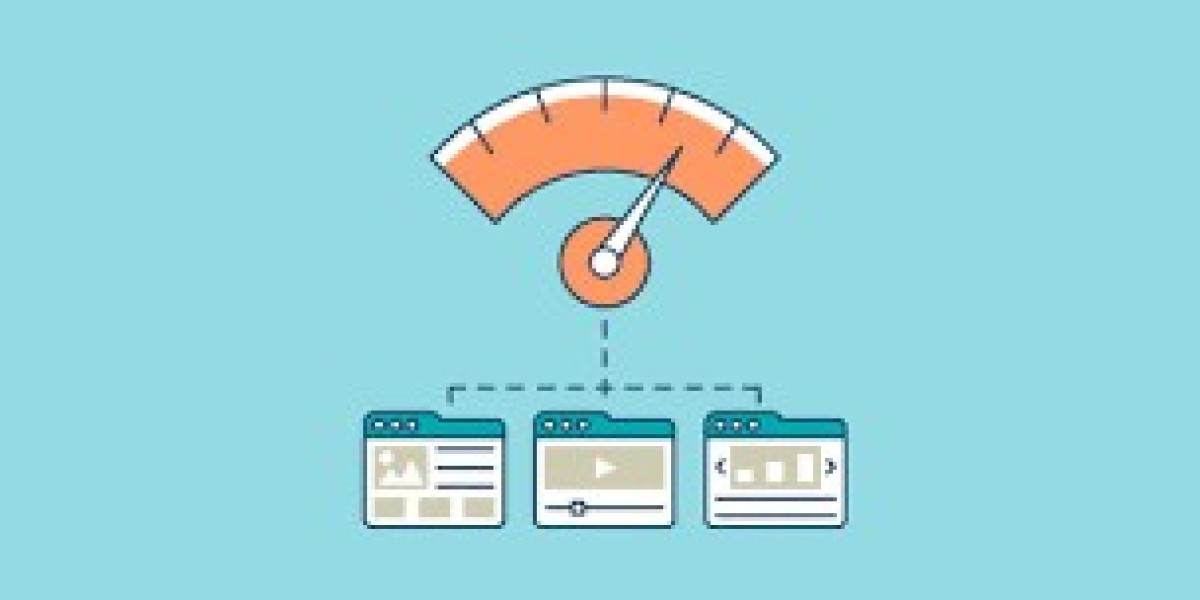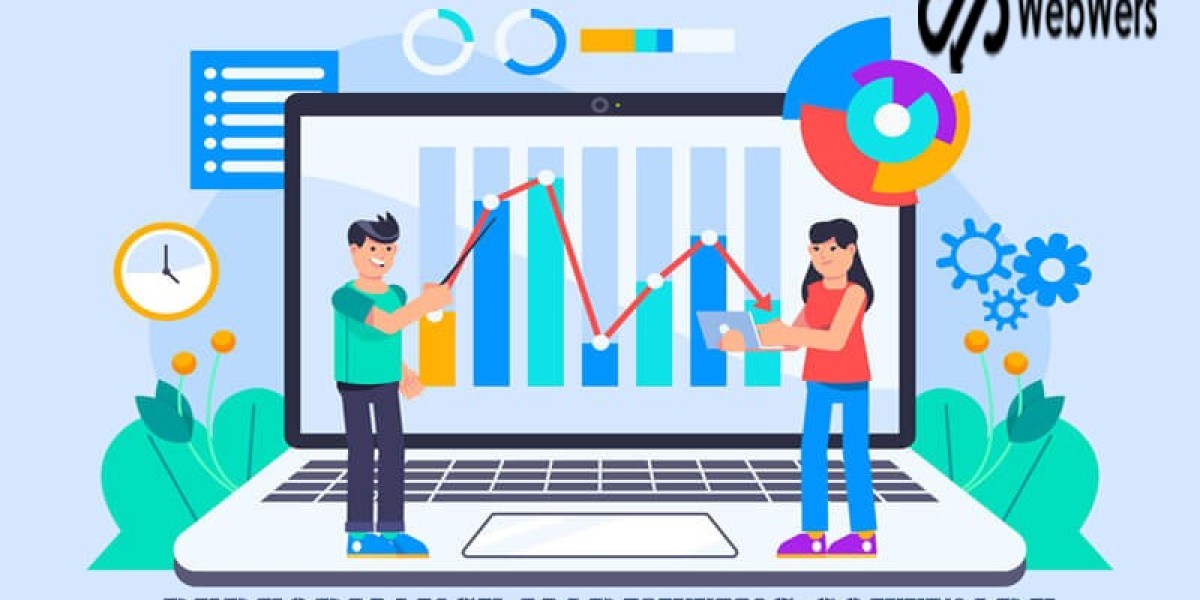In the dynamic realm of the internet, speed is of the essence. A slow-loading website can lead to frustrated visitors, higher bounce rates, and even lower search engine rankings. Welcome to the ultimate guide on how to increase the speed of your WordPress website, where we'll unravel the mysteries of website speed optimization, explore effective strategies, and equip you with the knowledge to enhance your website's performance.
Understanding the Importance of Website Speed
In a digital age where instant gratification is the norm, a slow website can deter visitors and tarnish your online reputation. Website speed directly impacts user experience, conversions, and even search engine rankings. Google, for instance, considers page speed as a ranking factor, which makes optimizing your website's speed a critical aspect of your online strategy.
Advantages of a Fast-Loading WordPress Website
1. Improved User Experience
A fast website offers a seamless user experience. Visitors can quickly access your content, navigate through pages, and engage with your offerings without frustration.
2. Reduced Bounce Rates
When pages load slowly, visitors are more likely to bounce off your website. A faster website reduces bounce rates, keeping visitors engaged and encouraging them to explore further.
3. Better Search Engine Rankings
Search engines prioritize user experience, and fast-loading websites provide just that. Google's algorithms take website speed into account when ranking search results, making speed optimization crucial for SEO.
4. Higher Conversion Rates
Website speed is directly linked to conversion rates. Fast websites lead to smoother user journeys, allowing visitors to complete actions such as making purchases or submitting forms more efficiently.
5. Enhanced Mobile Experience
With mobile browsing on the rise, having a fast-loading website is essential. Mobile users are often on slower networks, so a speed-optimized website ensures a positive mobile experience.
Strategies to Increase the Speed of Your WordPress Website
1. Optimize Images
Large images can significantly slow down your website. Use image compression tools and plugins to reduce image file sizes without compromising quality.
2. Utilize Caching
Caching stores a static version of your website, reducing the need for dynamic content to be generated each time a user visits. Utilize caching plugins to speed up load times.
3. Minimize HTTP Requests
Each element on your webpage, such as images, scripts, and stylesheets, requires an HTTP request. Minimize these requests by using fewer elements and combining files when possible.
4. Choose a Fast Hosting Provider
Your hosting provider plays a crucial role in website speed. Opt for a reputable and fast hosting provider that offers features like content delivery networks (CDNs) and server-side caching.
5. Optimize Code and Scripts
Clean and efficient code reduces server load and speeds up your website. Remove unnecessary plugins and scripts, and optimize your code to eliminate any bottlenecks.
FAQs about Increasing WordPress Website Speed
Q1. Can I increase website speed without technical expertise?
Yes, many speed optimization techniques can be implemented without coding knowledge. Utilizing plugins and following best practices can significantly improve website speed.
Q2. How do CDNs contribute to website speed?
Content Delivery Networks (CDNs) store copies of your website on servers located in different geographic locations. When a user visits your site, the CDN serves the content from the nearest server, reducing latency and load times.
Q3. Will speed optimization affect the website's appearance?
Speed optimization should not affect your website's appearance. It focuses on improving the efficiency of loading elements without compromising design or functionality.
Q4. Is mobile speed optimization different from desktop?
Mobile speed optimization is crucial, especially with the prevalence of mobile browsing. While many optimization techniques apply to both platforms, ensuring responsive design and mobile-specific optimizations is essential for a fast mobile experience.
Q5. How often should I test my website's speed?
Regular speed tests can help you monitor your website's performance. Test your website's speed using tools like Google PageSpeed Insights, GTmetrix, or Pingdom, and make necessary optimizations accordingly.
Conclusion
The speed of your WordPress website directly influences user satisfaction, search engine rankings, and conversions. By embracing effective speed optimization strategies, you're investing in a better online experience for your visitors and setting the stage for digital success.
As you embark on the journey to increase your website's speed, remember that speed optimization is an ongoing process. Regularly monitor your website's performance, stay updated on best practices, and continue to refine your speed optimization techniques. The synergy between a fast-loading website and valuable content will not only captivate your audience but also contribute to a digital presence that leaves a lasting impression.



